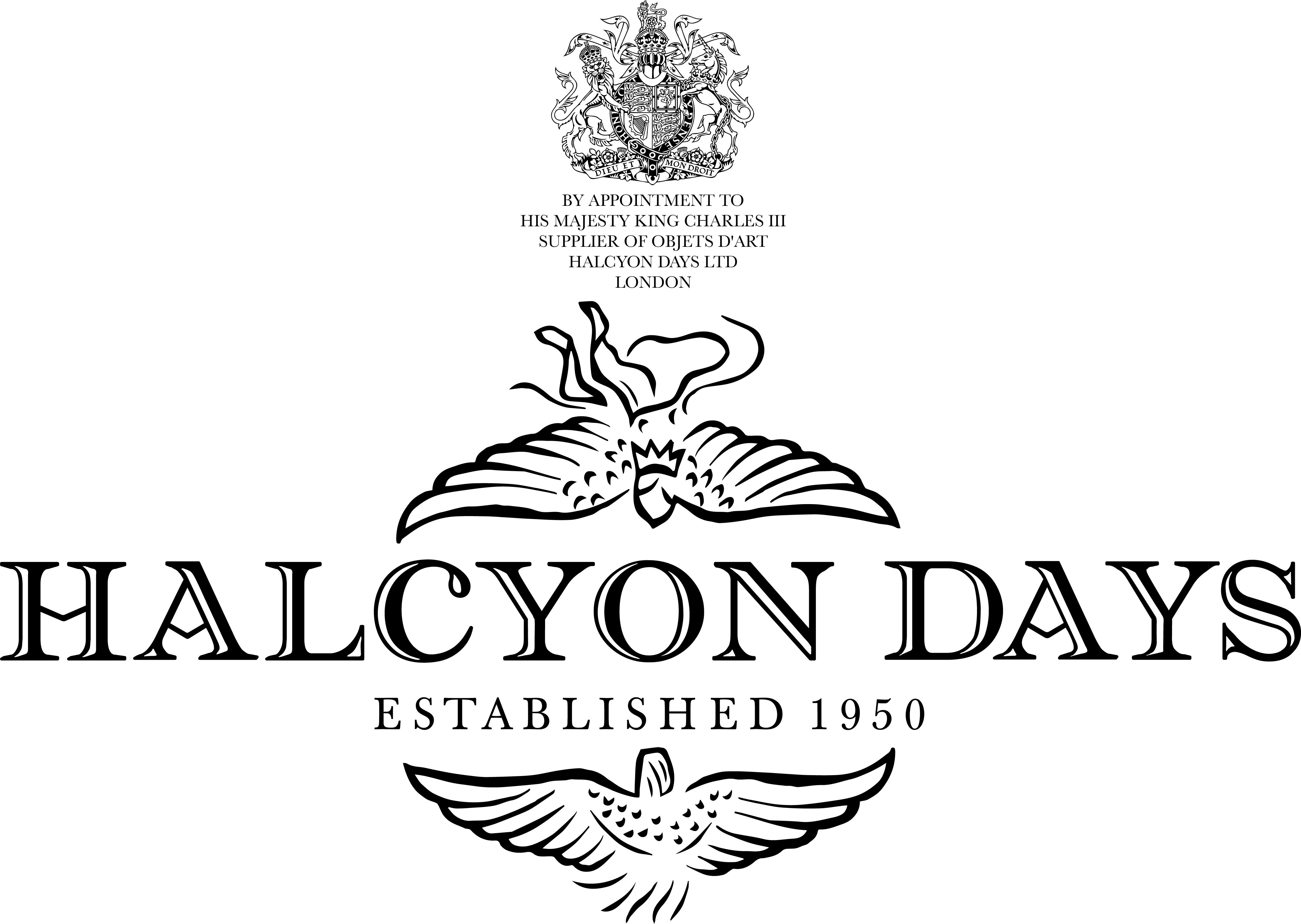The first decorative enamel boxes were made around 1750 and were met with substantial success in aristocratic circles. Produced primarily in factories in the West Midlands, they initially showcased simple designs, with flowers, landscapes, and portraits of famous people proving particularly popular. Designs became increasingly intricate as the industry grew and, by 1770, enamel boxes were boasting ornate Rococo styles and personalised inscriptions.
However, as production increased and enamels became more commonplace, their diminishing exclusivity rendered them less desirable to Georgian high society. Additionally, their interior mirrors, used to help owners apply black beauty spots to smallpox scars, became less sought after as the disease waned. Finally, the popularity of snuff, for which the boxes were often used as storage, faltered considerably in light of a growing penchant for smoking tobacco. By 1840, the art of enamelling lay dormant, and for 130 years until 1970, it might, understandably, have been presumed extinct.

-A 1950s watercolour by Oscar Almeida of Halcyon Days' first shop in Avery Row, London.
London at the back end of the swinging sixties would have seemed an unlikely environment for the revival of a centuries-old art form but, after a chance encounter between an antiques dealer and a domestic enamel manufacturer, an association was formed, agreements were reached, and the revival was on.
Susan Benjamin was that antiques dealer. She set up her shop Halcyon Days in London’s Avery Row in 1950 having harboured a lifelong passion for decorative enamel boxes. An admirer of her mother’s box collection growing up, she had dreamt of refiring the long since snuffed kilns of the enamelling industry. Working with her newfound business partners in the West Midlands, where the Halcyon Days factory remains today, our founder began to make those dreams a reality, and she commissioned various artists to design enamel boxes based on both ornate and simplistic 18th century designs.
After a fairly underwhelming start at a rainy Blackpool gifting fair in 1970, Halcyon Days began to receive positive press as the sole reviver of a centuries-old English craft. Throughout the 70s and 80s, reputation and demand grew in tandem and the factory was pushed to its limit as trade thrived. In 1987, the company’s considerable progress was recognised when, as the first official Suppliers of Objets d’Art to the Royal Family, it became one of only ten businesses to hold all four Royal Warrants.

-Her Majesty Queen Elizabeth, The Queen Mother, being presented with a box made in support of the St Paul's Cathedral Appeal by the then Lord Mayor Sir Peter Studd, 8th November 1971.
In the years following, Halcyon Days developed into a global operation with reputed retailers worldwide stocking our trademark enamels. Throughout changes and expansion, including new branches being added to the business and a widened range of products being offered, enamel boxes have remained an integral, identity-defining aspect of our company.
The boxes have seen hundreds of different designs incorporating classic and contemporary artwork, and limited editions have been made to honour occasions from William Wordsworth’s birthday to the anniversary of the Apollo 11 moon landing. As well as this, we’ve collaborated with artists including Ralph Heimans, reproduced paintings by Rembrandt, Churchill and Frans Xavier Winterhalter among others, and worked closely with institutions such as the Royal Collection.

-'A Cornfield with Cypresses' by Van Gogh, now in the National Gallery London, was originally painted in October 1889. To mark the centenary, this miniature was produced by Halcyon Days in 1989.
Despite the variety in design, our artisans today continue to employ craft techniques that are largely unchanged since their conception in the 1700s. The boxes’ copper frames are still dipped by hand for their enamel coating in a mixture that contains glass for a distinctive, polished finish. Our pieces are then fired in a kiln and many, including our ‘prestige’ pieces which draw most heavily on traditional techniques, are hand-painted. In fact, were an 18th century craftsman to look over the shoulder of one of our artisans today, they’d find the process immediately familiar.

-The basic shapes of all Halcyon Days enamel boxes are formed by being pressed from fine sheets of copper.
Before an enamel box leaves the doors of our factory, it’s handled nearly one hundred separate times whilst undergoing various processes. In a world of fast fashion, mass production, and instant gratification, the appeal of enamelling lies in its meticulous, measured nature. The fastidious process facilitates unrivalled quality and, while enamel boxes do reflect ancient techniques, their diversity and beauty makes them ever-fashionable, timeless pieces for today, tomorrow and beyond. With Halcyon Days’ continued championing of this age-old art, we feel certain that those 19th and 20th century days of dormancy won’t be returning again.
Explore our collection of enamel boxes here.


Leave a comment